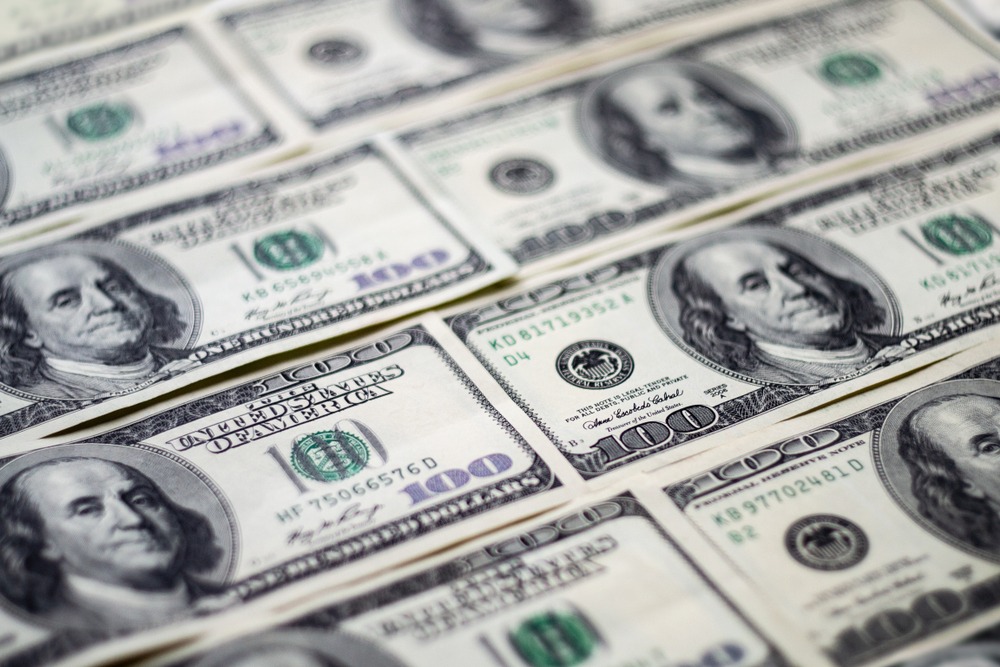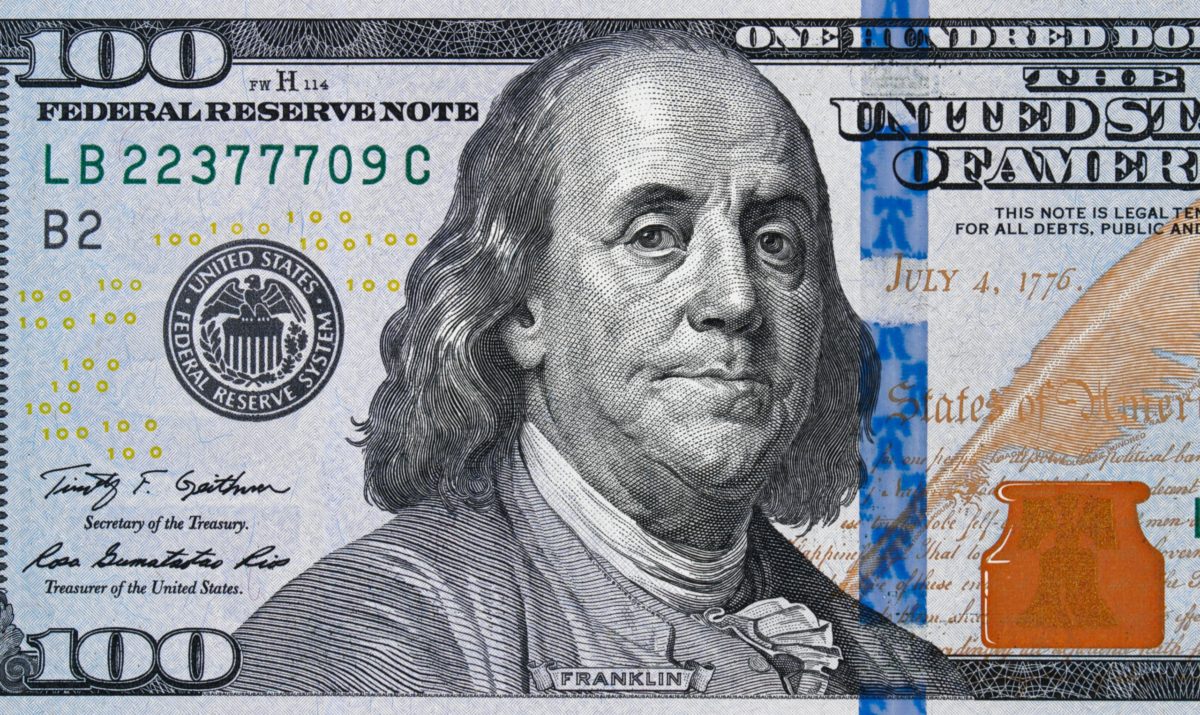The dollar crept higher on Friday, but still at near multi-week lows and on track for a fourth consecutive week of losses. The U.S. Federal Reserve has retained its dovish monetary policy even as the economy recovers.
The central bank’s decision to leave its ultra easy monetary policies in place helped this weakness of the dollar. This was despite its acknowledgement of an improvement in the economic conditions as shown by Q1 GDP growth of 6.4%, released Thursday.
The early Friday release of the Q1 French GDP figure came with output in the euro area’s second-largest economy. In the three months through March, it grew 0.4%.
Currencies Movements
The Dollar Index added 0.1% at 90.648 at 2:55 AM ET (0755 GMT). The index was trading around late february levels.
It is on course to end the week 0.2% lower, thus bringing its losses for April to 2.8%. Since the six-week slide to the end of July, a four-week losing streak would be the longest.
It is partly because of the gains of commodity currencies, amid surging prices. That is for both industrial and agricultural products.
This week, the dollar’s biggest losses have been against the Canadian (CAD) and New Zealand (NZD) dollars.
The EUR/USD pair traded down 0.1% at 1.2113. This was close to the two-month high of 1.2150 set during the previous session. The GBP/USD was unchanged at 1.3942.
USD/JPY fell 0.1% to 108.77, which was off the two-week high from Thursday’s 109.22. Moreover, the risk-sensitive AUD/USD edged up 0.2% to 0.7779. It’s heading back toward the six-week high of 0.7818 seen on Thursday.
Furthermore in forex, the USD/CNY pair was largely unchanged at 6.4706. This was despite China’s manufacturing activity speeding up at a slower-than-expected pace this month. The country’s manufacturing Purchasing Managers’ Index (PMI) came in at 51.1, lower than March’s 51.9 reading.
USD/KRW crept 0.4% higher to 1,111.85 after South Korea’s industrial output fell 0.8% on the month in March. It was shy of expectations for a 0.1% increase.
In Turkey, USD/TRY dropped 0.1% to 8.2093, which came after Turkey’s central bank raised its year-end inflation forecast on Thursday. It was reduced to 12.2% from 9.4%, and its new governor said tight policy would be maintained until price pressures decline.














